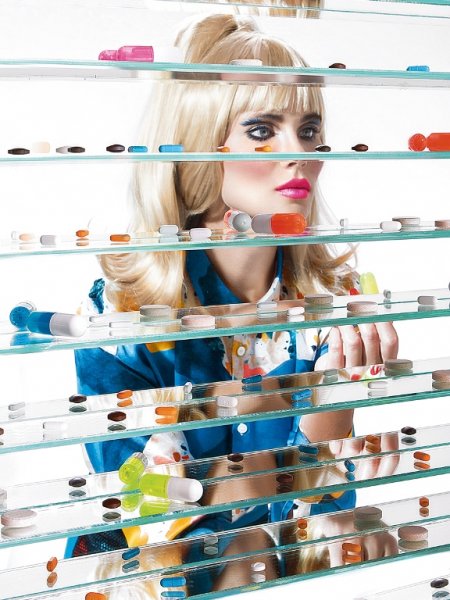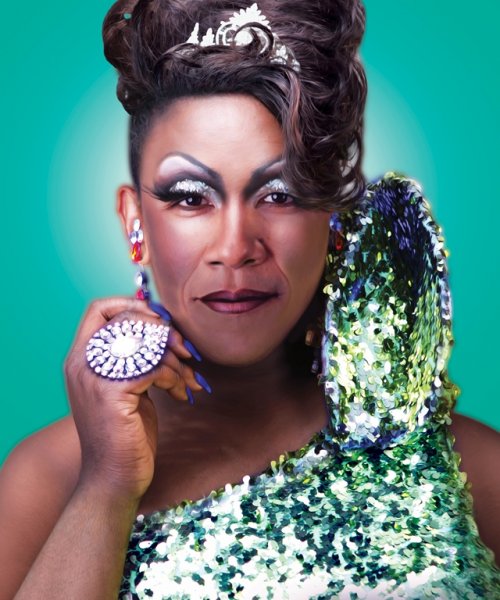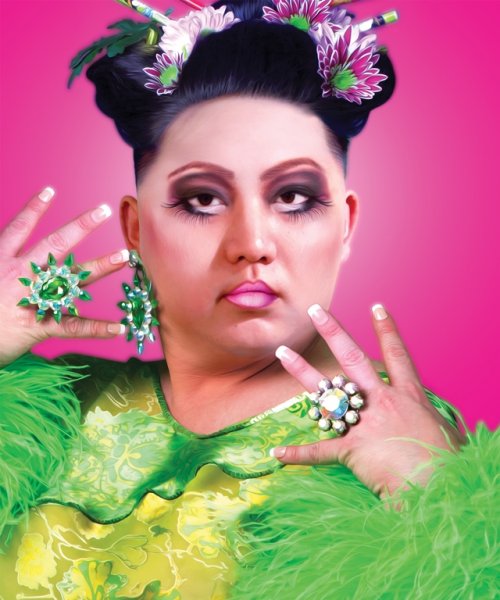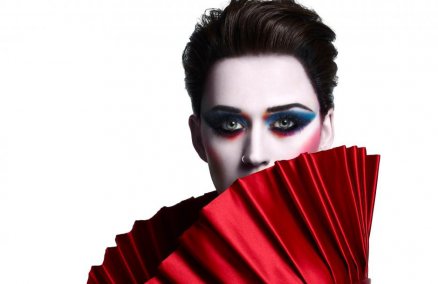Eli Rezkallah
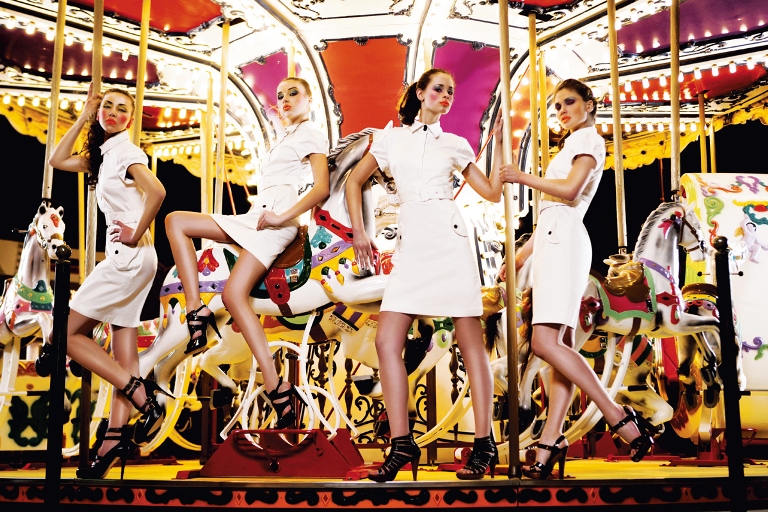
On the creation of Plastik Magazine:
I started working on this project in 2008 and launched Plastik Magazine in 2009 to create a platform for my vision, to portray a gayer, more colorful version of the Middle East; the Middle East I know and live in, not the one we see in mainstream media. This platform is also a medium for young creative artists from all around the world to share their talent. I feel that my best achievement has been offering the young generation in the region an opportunity to pursue a career in that industry without leaving their country. I wanted to show the world that talent and creativity could come from anywhere in the world.
On the success of the magazine:
On the international scale, I believe that the curiosity to see something so colorful coming from the “dark side of the world” contributed to Plastik’s success. In the Middle East, I think the success of Plastik comes from it breaking the boundaries of commercial fashion photography by focusing on the stories behind the images, which is a first for the Arab world.
On the story behind Life in Plastik:
I was born and raised in the late '80s. Lebanon was suffering from a civil war, but for the longest time, I didn’t know what was going on outside because my mom hid it so well. However, there was always this fear in women. Maybe it was for the children’s sake or because they were desperately trying to maintain a balance for their traumatized husbands, the women used to live their lives as if nothing was happening: they’d dress up, party, but there was always this anxiety and melancholy in their eyes. Denial is something that I grew up around and this marked my childhood. It’s very much what I try to portray in my work. The exhibition also sums up my life with the magazine, and my collaboration with my creative partner Ryan Houssari since 2010.
On the representation of women in his art:
To be honest, I’m not interested in realistic depictions of women today. TV and social media [can] do that. Most of my work is a private, imaginary representation of a woman’s state of mind. It’s about that moment when, no matter where she is or how good she looks, she zones out and thinks of that one thing that would make her entire world collapse.
Saint Hoax
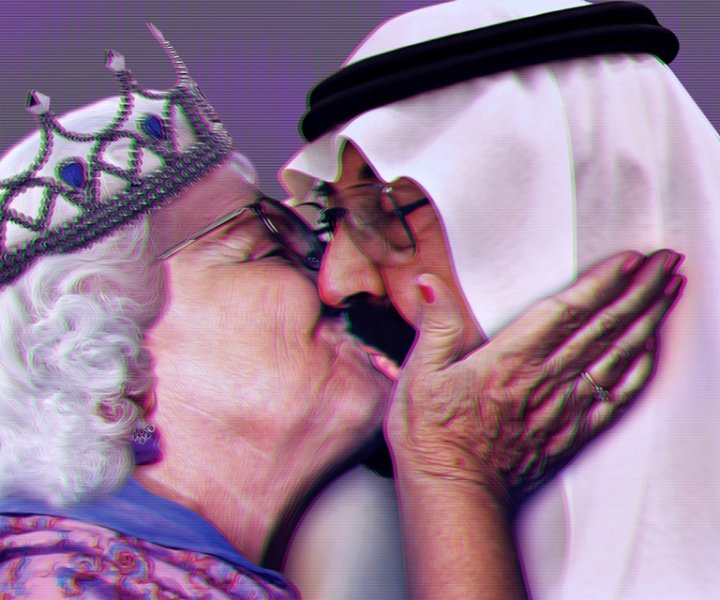
On the pseudonym “Saint Hoax”:
There is a lot of censorship and repression in the Middle East when it comes to certain social and religious topics. I wanted to create a platform where I can freely express myself without any consequence, to break free from those taboos that have always surrounded me.
On the use of Disney characters:
I used iconic Disney characters to attract attention to topics such as incest, domestic violence, eating disorders, fur trade... and it worked very well. But if someone is insinuating that I used those characters to get personal attention, then my answer to them would be, do you even know what my real name is?
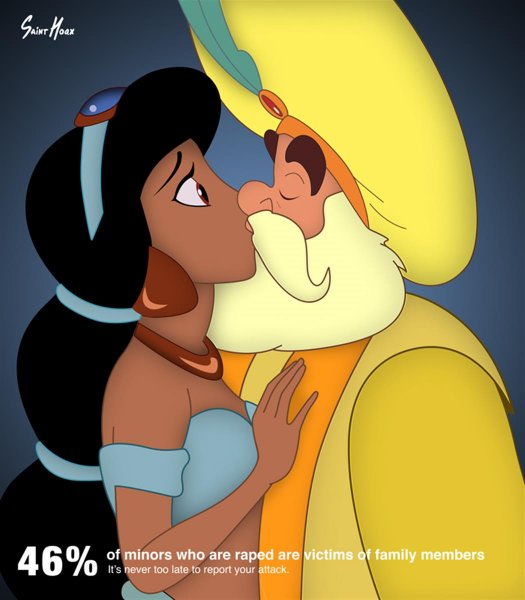
On controversy:
Controversy generates awareness. My main purpose is to liberate and inspire people while entertaining them. I pick whatever or whoever interests me at the time, and I reinterpret what he, she, it did in my own way to deliver my own opinion of it. My favourites are “Princest Diaries” and “Happy Never After,” which tackled incest and domestic violence.
On the exhibition Poplitically Incorrect:
Popular culture and politics are two vital elements that govern the world. While people try to assess, analyze and dissect them, I prefer to recreate them. This exhibition merges popular culture with politics and represents it through an interactive journey that rewrites history by turning gunpowder into glitter, and tyrants into faux queens.











